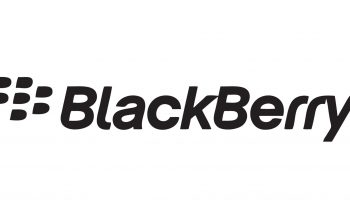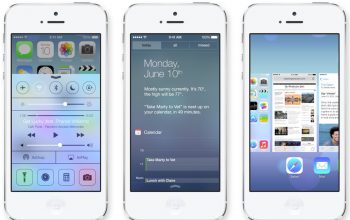The Fight for Content Consumption: Smart TV or Alternative?
In the next issue of Marketnews Magazine, we have a feature on smart TV, and another on alternative devices and services that contain all the smarts, and view the TV as just a cool looking monitor used to push content to your eyes. These are drastically different viewpoints and methods of consuming content on the big screen. Which one will ring most true for the future?
First, there’s smart TV. These TVs come with built-in “smart” features for accessing content through manufacturer-specific portals; but also via partnerships with over-the-top (OTT) services like Netflix and other Web-based options like YouTube. And in some cases, you can connect other devices through a home Wi-Fi network to access content through the portal as well.
Then there are third-party devices like the D-Link Boxee Box, Apple TV, and Western Digital WDTV, that provide content on an a la carte or subscription basis; or let you load content onto the drives and play it back through a dedicated menu, maybe even controlled via a smartphone app. There are other options in this space as well, like using a Microsoft Xbox 360 gaming console as a conduit for Netflix on TVs that don’t have built-in smarts, or simply connecting your own laptop via HDMI.
With advanced users, many have likely picked up multiple options. Consider my own household: we have Bell Fibe TV, which provides content and PVR functionality through a subscription to the IPTV-based service (a direct rival to cable and satellite,) plus Apple TV for playing content from our “i” devices or accessing iTunes or Netflix. And yes, we also have a Netflix subscription, which, as mentioned above, we can access through our Xbox 360, computer Web browser, et cetera. But that’s not all. We also have a Western Digital WDTV drive loaded up with tons of library title movies; plus a terabyte Toshiba drive with even more content.
On any given day, we use a multitude of these methods to access content. Predominantly, Bell Fibe is used for “live” television programming and new, on-demand movies. But if we want to share a funny video, clip, photos, et cetera with one another, or with visitors, we’ll boot up the Apple TV instead of passing around a smartphone or tablet. For older movies, the WDTV device gets powered on. And if I want to check out an old show I never really got into, I’ll access Netflix through various means.
I don’t yet have a smart TV, but would I access all of these options through a TV itself if that option were available? Could a TV keep up with my hours upon hours of scheduled recordings? My thousands of movie archives in digital storage? I can’t imagine there’s a television out there with enough processing power to handle my heavy usage. What’s more, they all accomplish these tasks in differing ways, which inevitably means some type of learning curve in order to navigate through a new portal. And as smart as TV is, it still doesn’t provide access to live television.
For the average user, the setup will eventually involve one; maybe two; of these options. Because let’s face it, having so many devices and methods of accessing content can be clunky, unorganized, and inefficient. (In my case, however, helpful to my job!)
So this begs the question: which method will mainstream consumers adopt?
The Bell Fibe service is great because it’s one box with all of the functions I need integrated into one. But it functions much the same as standard cable and satellite TV. While access to live TV and pay-per-view movies is abundant, I can’t access a library of content comparable to Netflix, or access my mobile devices to view YouTube clips or family photos on the TV directly from Fibe. Neither can you from traditional cable or satellite.
While all of the other devices play an important role in accessing my own stored/streamed content, or library content, they don’t give me access to live television. I also can’t record content using them.
As enticing as smart TV features straight from the manufacturer are, I kind of like having a separate box I can rely on. What’s more, it also means I can access everything from multiple TVs; not just one display in the home.
But clearly, my AV rack will topple if I add any more source devices to it. And for the average used with a wall-mounted TV and simple stand, plus even relatively standard gear like a receiver, pre-amp, and speakers, we want one device that can do it all, not 10.
Intel just announced its plans to get into the game with a streaming box that could offer both live TV and on-demand content, but do it over the ‘Net. (Interestingly, Intel’s announcement came after I had already begun composing this blog, deep in thought about an option that might solve the issue.)
Will Intel’s device be THE option of the future? Chances are we’ll see plenty of options throughout the next decade until we land on one, two, or maybe even three that grab the majority of consumers.
Consider that when CDs and DVDs came into circulation, cassette tapes, records, VHS, and Mini Discs were still (and arguably continue to be) around. So whether OTT content eventually phases out traditional TV services as we know it, and whether we access it through the TV itself, or a tiny box that sits beside it, all options will be available for some time to come.
For now, which option(s) will you choose?



